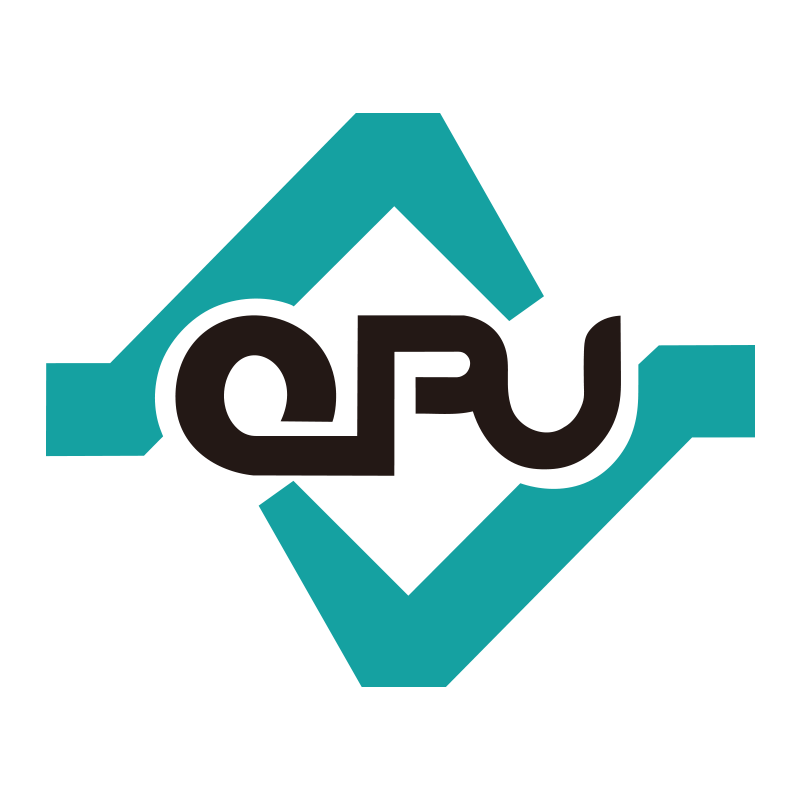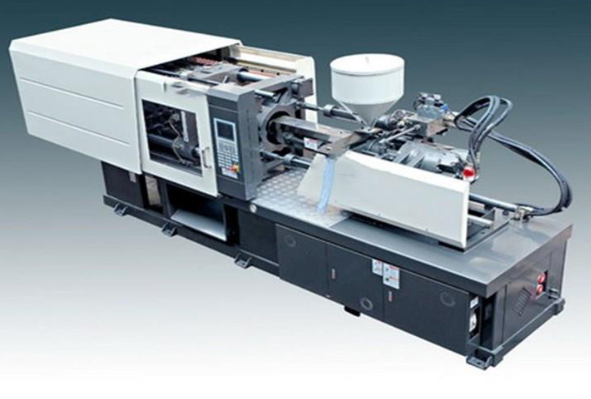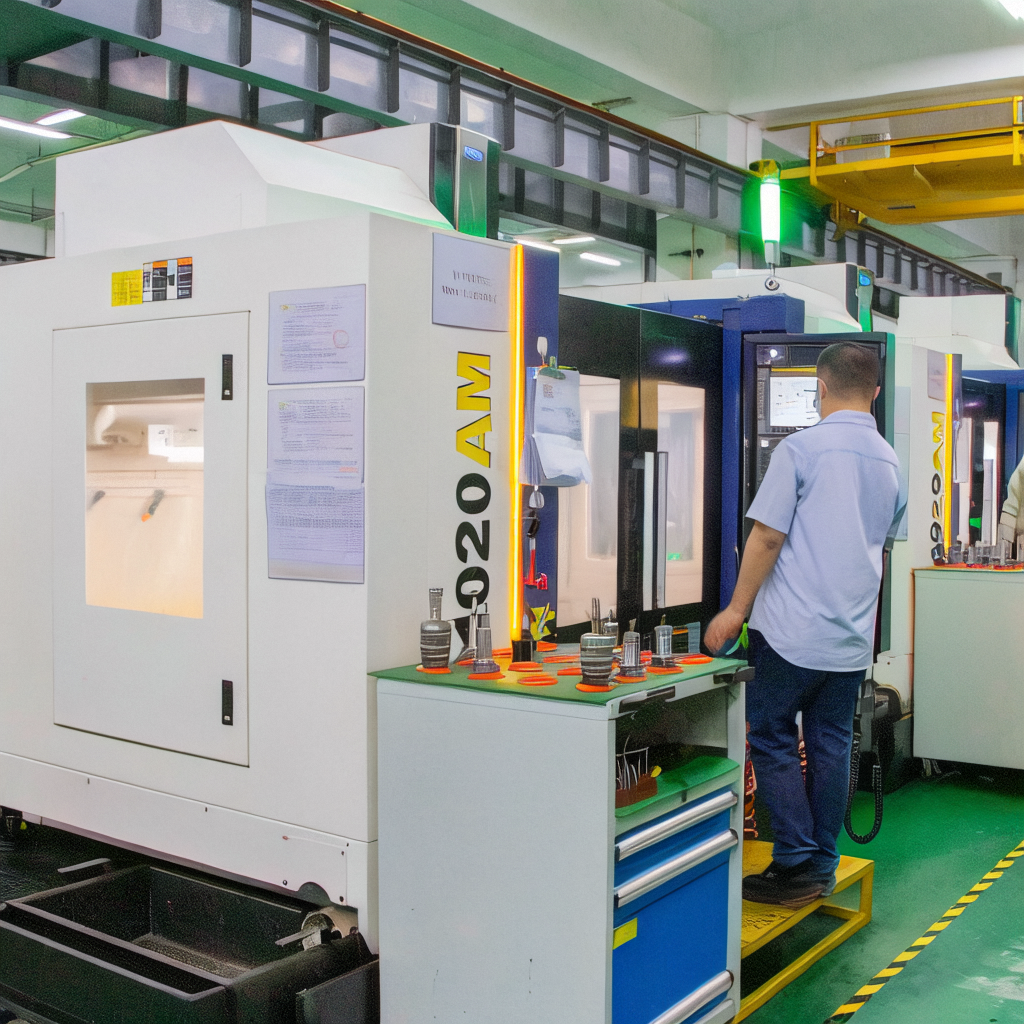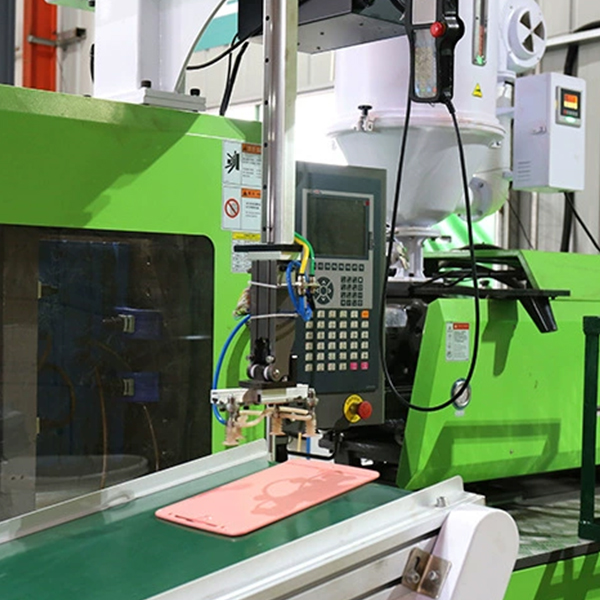Which injection molding techniques can be employed to effectively reduce costs and improve production efficiency?
Title: Injection Molding Techniques to Improve Cost Efficiency and Production Output
Article:
Injection molding is a cornerstone of mass production in various industries, and optimizing its efficiency and cost-effectiveness is paramount for sustainable and competitive operations. Several injection molding techniques can be employed to reduce costs and boost production efficiency:
-
Process Simulation and Optimization: Leveraging computer-aided engineering (CAE) software allows for simulating the entire injection molding process, predicting potential defects and suggesting process improvements before physical production. By optimizing parameters such as injection speed, pressure, and cooling times, one can minimize material waste, reduce cycle times, and avoid costly rework.
-
Hot Runner Systems: Implementing hot runner systems eliminates the need for traditional cold runners, which can lead to significant material savings since there's no sprue or runner to scrap. Hot runners maintain the plastic melt at a constant temperature, reducing cycle times and increasing production throughput.
-
Multi-Cavity Molds: Designing and using multi-cavity molds enables the production of multiple parts simultaneously, multiplying output per cycle. This strategy can drastically reduce unit costs and increase productivity without necessarily adding extra machinery or labor.
-
**Scientific Molding Practices: Adopting scientific molding principles involves a systematic and data-driven approach to set up and control the injection molding process. It includes detailed process documentation, in-depth analysis of material behavior, and continuous monitoring to ensure consistent part quality and minimal process variability.
-
**Material Cost Reduction Strategies: Selecting the right material grades and considering recycled or regrind materials can help reduce raw material expenses. Additionally, using thinner walls or lightweighting designs can decrease material consumption while still meeting functional requirements.
-
**Automation and Robotics Integration: Integrating robotic arms or automated systems for loading/unloading, inspection, and sorting can streamline production lines, minimize human error, and reduce labor costs.
-
**Maintenance and Repair Planning: Regular preventive maintenance, along with timely repairs, can ensure molds operate at peak efficiency and last longer. Early detection and correction of wear and tear can prevent costly downtime and unexpected mold replacements.
-
**Cycle Time Reduction: Improving cooling efficiency through optimized cooling channel layouts and temperature control can shorten the cooling phase, thus reducing the overall cycle time. Additionally, fast-switching systems can expedite the changeover between production runs.
Abstract: To enhance the cost-efficiency and production output of injection molding operations, a suite of techniques can be adopted, ranging from advanced process simulation and hot runner technology to strategic mold design and integration of automation. By applying these methods, manufacturers can minimize waste, cut cycle times, and maximize the utilization of resources, ultimately leading to a more competitive and sustainable production environment.
Keywords: Injection Molding, Cost Efficiency, Production Output, Process Simulation, Hot Runner Systems, Multi-Cavity Molds, Scientific Molding, Material Selection, Automation, Cycle Time Reduction, Maintenance, Repair Planning.






